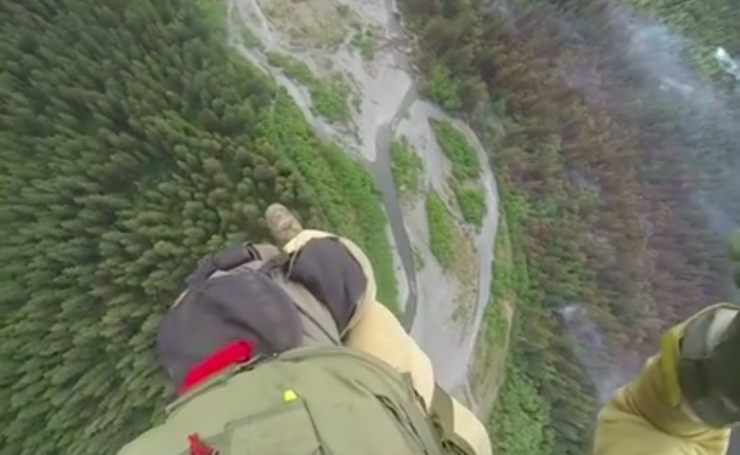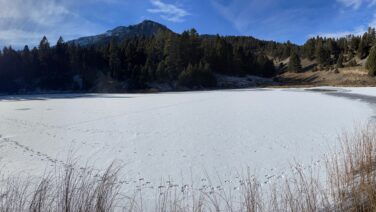Guest Post by Ranger Kaiti May
From a young age, we are taught that forest fires are dangerous, destructive, and horrible. As we grow older, we hear about the destruction on the news. Homes are destroyed and lives are taken; while we struggle to make a dent in keeping the fires at bay. Growing up in Southwest Michigan I experienced severe thunderstorms, blizzards, and a couple tornados; all of these may have startled me, but not terrified me.
When I worked in Maryland I experienced my first earthquake and partial hurricanes. None of these frightened me more than the thought of wild fires.

At my first season at Mesa Verde, I was warned that it could be a bad summer for fires. We went over fire evacuations for the entire park. I was told to pack a bag to leave in my car or by my door. I did not like hearing that and was extremely uncomfortable with the thought of having to evacuate. The idea of fires are terrifying, it always makes me feel like it’s something that we can never stop.
In my ranger career, I have worked in two different parks where the natural ecosystem has a fire cycle. Here at Yellowstone National Park, the natural fire cycle for the shrub and grasslands is 20-25 years. The natural fire cycle for the lodgepole pine forests and subalpine white bark is every 300 years or more. Fires have been shaping the Yellowstone Ecosystem for the last 14,000 years and many types of vegetation in the region actually benefits from it. Having naturally occurring fires allows for habitat diversity, preventing trees from growing in grasslands, and increasing the rate that nutrients return to the soil.
The summer of 2015 was the first time I actually experienced a fire in the park, close to where I was working.


The plume of smoke was definitely a surprise, and it looked very intimidating. I hadn’t heard of any fires in the park yet, and visitors were talking about a large plume. The phone was ringing a lot in the visitor center with visitors wanting to know what was going on. People calling with questions and I needed to find out what was going on quickly. Thankfully, the public affairs office for Yellowstone National Park sent out a news release updating us all with what was going on.

The Spruce Fire was detected Wednesday, September 9th, from what was believed to be a lightning strike from days before. While out in the field, I received a lot of concerned visitor questions about what the National Park Service was doing about the fire, and then asking if it was close to anything, or if anything was closed because of it. The location of the fire, the weather forecast, and the fact that it was being monitored by NPS fire officials made me feel quite comfortable about the big plume.

However, I knew a lot of visitors did not have access to the information that I did, so it gave a wonderful opportunity to explain how this fire was needed for the ecosystem. After having a cold front move through Monday, and with what feels like a whole week of rain, the Spruce Fire has died down a lot. Some areas are still smoldering, but there is no concern at the moment. If this fire had occurred during peak visitor season, I’m sure the questions and concerns would have been magnified. Luckily, the change in the seasons has helped reduce fire danger around Yellowstone.
Fall, or should I say winter, has entered Yellowstone with a bang, but it does not seem to be stopping the visitation levels. There is visibly still less visitation than in the summer months, and it appears that people are in less of a rush. The weather is cooler, the geysers and hot springs steamier, and the animals moving about.
Article submitted by Ranger Kaiti May, who will be ending her year in Yellowstone National Park at the end of the month. Subscribe to her blog.
Thank you for being so awesome, Kaiti!



